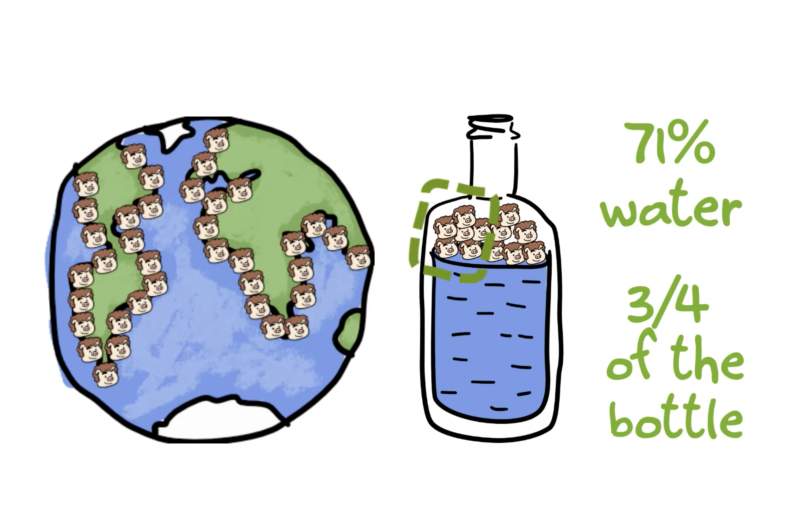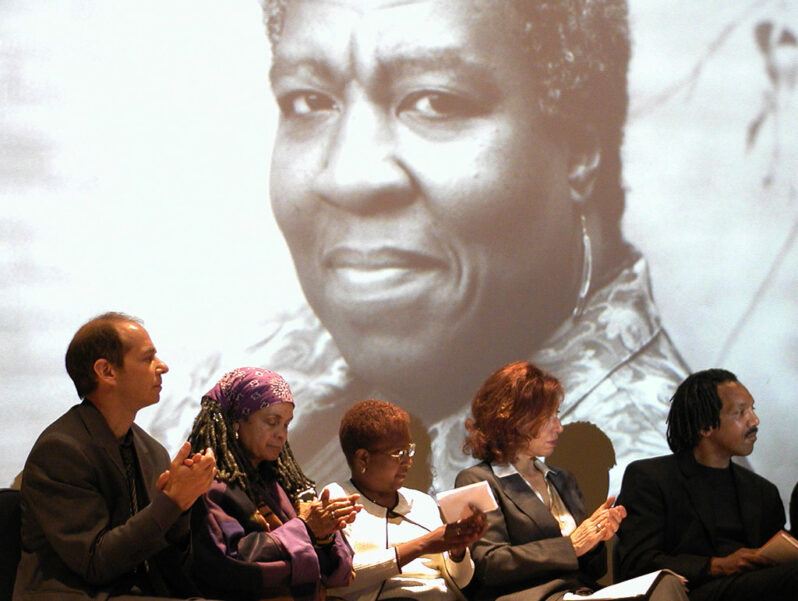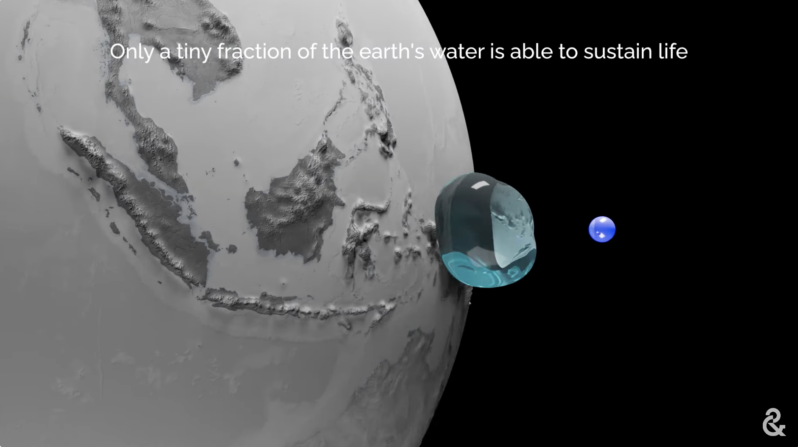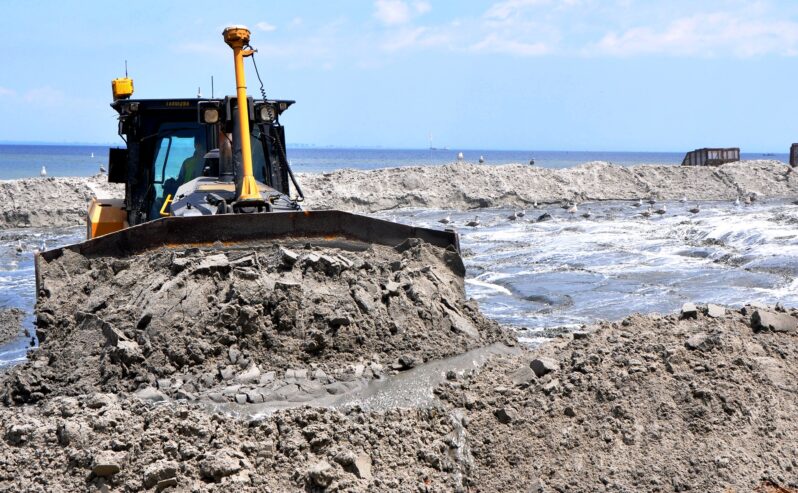Coral, Crochet and Hyperbolic Geometry . . .

The long-running project, sometimes described as the environmental version of the AIDS quilt, thrives on convoluted math and a sea of volunteers….To date, nearly 25,000 crocheters (“reefers”) have created a worldwide archipelago of more than 50 reefs — both a paean to and a plea for these ecosystems, rainforests of the sea, which are threatened by climate change. The project also explores mathematical themes, since many living reef organisms biologically approximate the quirky curvature of hyperbolic geometry…
What is the Coast? – Coasts for Kids Series

The ‘Coasts for Kids’ animations is a young kids and family-friendly video series for all ages to learn why coasts are important, how do beaches and dunes work, how do people affect them, and what can we do about it. The episodes cover KS2 educational and environmental messages allowing everyone to understand, enjoy, and care for our coasts…
For more information and resources visit www.coastsforkids.com
The Prescience of Octavia Butler

The effects of climate change are reshaping America. Those with sufficient resources retreat inside protected communities. Those with even greater resources finance an exploratory Mars mission, presumably in an attempt to one day escape Earth’s destabilization. In the political realm, a populist presidential candidate denounces claims made by scientists, promising the electorate that he’s going to “return us to the glory, wealth, and order of the twentieth century.” This is life in 2024…Or at least it’s life in 2024 as imagined by the writer Octavia Butler 31 years ago…
How Octavia Butler Told the Future – the Atlantic

As a science fiction writer, Butler forged a new path and envisioned bold possibilities. On the eve of a major revival of her work, this is the story of how she came to see a future that is now our present..
The Visions of Octavia Butler | Interactive – the New York Times

(Octavia) Butler was not a climate scientist, a political pundit, or a Silicon Valley technologist…Somehow she knew this time would come. The smoke-choked air from fire gone wild, the cresting rivers and rising seas, the sweltering heat and receding lakes, the melting away of civil society and political stability, the light-year leaps in artificial intelligence—(she) foresaw them all…
Here’s what you’re really swallowing when you drink bottled water – the Washington Post

People are swallowing hundreds of thousands of microscopic pieces of plastic each time they drink a liter of bottled water, scientists have shown — a revelation that could have profound implications for human health…
Dive Into Artist’s Beautiful, Sobering Visualization Of NASA Water Data – Forbes Magazine

“Art can serve as an exceptional vehicle for fostering a deeper understanding of pressing issues,” (Yiyun) Kang, a visiting lecturer at London’s Royal College of Art, said in an interview. “I also believe the role of art is particularly crucial in addressing highly complex issues like the climate crisis, which demand collective efforts from everyone…”
A Climate Change Poem Turned Hip-Hop Song – Whakaata Māori

Based on poetry by Audrey Brown-Pereira, a hip-hop version of ‘They Taking Pictures of Us in the Water’ premiered at the Moana Blue Pacific Pavilion for COP28…“I heard her poem and I was like ‘I’m in, this is ticking so many boxes for me in terms of exploring our culture, exploring a kaupapa that’s very important to us all, exploring creative artistry in terms of not only but the music production and the visual production. From the outset, it was all go…” – Anonymouz
Dredging, beach replenishment continues in Monmouth County – PBS

Tens of millions of dollars pour into the state each year to fund beach replenishment efforts ..
“…we are doing it with the intent of preserving the economic usefulness of oceanfront properties that are being threatened by erosion and shoreline migration, sea-level rise and storm waves and so forth…That methodology (used by the U.S. Army Corps of Engineers) is flawed because it uses property value to determine the benefits of nourishment and our belief is that our property values aren’t the correct way to assess the utilization or return on public funds. A better way of doing that is looking at what are the public benefits.”
– Andy Coburn, Associate Director for the Study of Developed Shorelines | Western Carolina State University
